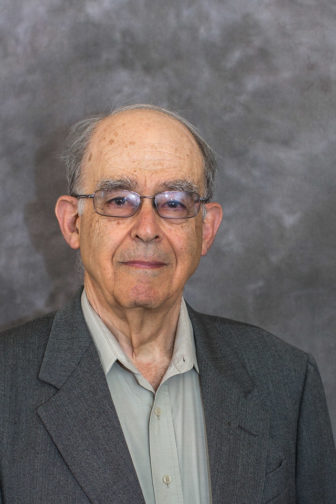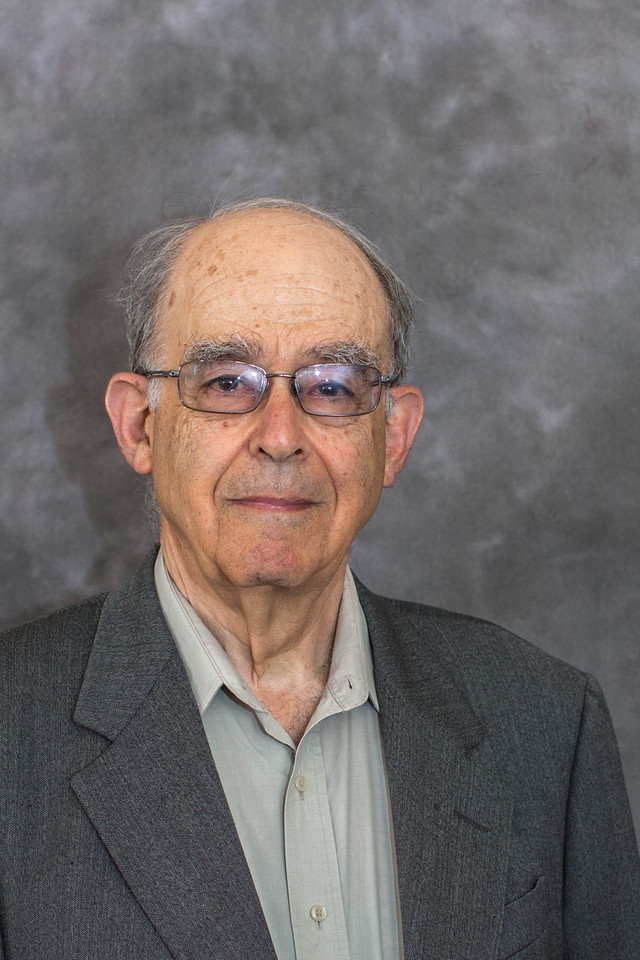 We American taxpayers spend many, many millions of dollars on chemical restraints, also known as antipsychotic medications, that we administer to children in foster care.
We American taxpayers spend many, many millions of dollars on chemical restraints, also known as antipsychotic medications, that we administer to children in foster care.
Why do we do this? How can we bring ourselves to do less of it?
“Zombie” is the word John* used to describe the effects of the drugs he was forced to take as a foster child. The medications, he told us, “made me feel like a zombie, like I was asleep and not really knowing what I was doing most of the time.”
John weighed more than 200 pounds on his 14th birthday. No doctor told him that antipsychotic drugs caused his weight gain, he said. “I never thought medications would make me look like a panda bear.”
John is far from the only one to speak of “zombies” in the context of antipsychotic medications. Richard Johnson writes of “zombie-like functioning.” B.R. Lee and co-authors, writing in Psychiatric Services, report on their interviews with 130 child welfare professionals:
“These kids are walking zombies,” one said.
Another: “Whoa. Where did my kid go? There is this little zombie walking around.”
Another: “I had an 11-year-old once who was on 14 meds. That was totally ridiculous.”
A psychologist: “I have had kids in my office that I couldn’t wake up … these kids are overmedicated.”
From a group interview: “Too much.” “Too many.” “Too often.” … “Zombie children.”
An ex-patient writes as a comment to this blog post: “it robs the ability to feel pleasure … The most insidious diabolical part … is that outside observers will say the person on it looks ‘better.’ THAT in my opinion is what makes the drug truly evil. Emotions down to zombie levels, motivation erased without total sedation [equals] ‘better.’ I wish I could do a better job of describing the effects … I call it a robbery, the official term is anhedonia but words just don’t adequately describe.”
These are not isolated complaints. A Google Advanced Search for the combination “psychotropic + zombie” reveals many more.
A list of complaints about problematic effects of antipsychotic drugs could go on indefinitely, but it’s not necessary. Liz Spikol’s article in Philadelphia magazine “Why Are So Many Children on Antipsychotic Drugs?” says all that needs to be said.
The question is, what is to be done?
The answer is collective action. Individual action such as letters to the editor, blog posts and comments on other people’s blog posts is a good thing. It makes possible collections of information such as those above. But individual complaints are not enough.
An example of collective action: In the past three years, two colleagues of mine at the National Center for Youth Law, Bill Grimm and Anna Johnson, drafted, sponsored and organized a broad coalition in support of six bills to regulate administration of psychotropic medications to children in institutional and family foster care. The effort required collaboration with expert medical advisors, former foster youth, public health nurses, juvenile court judges, journalists and others.
Three of our bills became law in 2015. The legislature enacted three more in 2016. California Gov. Jerry Brown signed two of those three and vetoed the third. The story of how and why this legislative effort began, was organized and succeeded is told well in a series of articles by investigative reporter Karen de Sá.
Laws are not enough. Deeply embedded practices change only when new laws lead to new actions such as education, persuasion, regulation and adoption of new policies. All such actions require organized efforts by people who care and who come together to act in concert.
The greatest opportunity for concerted action may lie in joint efforts by organizations that have yet to appreciate the interests they have in common. Damage from unnecessary chemical restraints is not limited to foster children. The problem — drugs that make life easier and/or more profitable for caretakers at the expense of the persons over whom they exercise authority — is by no means limited to foster children.
The damage extends to developmentally delayed children, autistic children, children in the juvenile justice system, low-income children and many higher-income children. It extends to adults within and outside the penal, probation and mental illness systems.
The damage from excessive chemical restraints may be at its worst in one of the most fragile segments of our populace, the elderly in nursing homes, where sedation and restraint via antipsychotic drugs is extremely common in spite of black box warnings on every antipsychotic pill box. The rate of death is approximately doubled for such elderly persons.
Individuals and organizations concerned for the welfare of these groups — children, adults and our elders — have the potential, collectively, to make changes that none could produce individually. To make real change, they — including Youth Today’s readers — need to get together for joint action.
Efforts to reduce excessive chemical restraint of children and youth so far have been largely at the level of individual action: thousands of blog posts at MadinAmerica.com and elsewhere, comments on blog posts, readers’ comments on newspaper articles and informal conversations among concerned child welfare administrators, caseworkers, nurses, physicians, parents, foster parents, juvenile court judges and others.
When concerned people emerge from casual talk into collective action, we can expect to see more change.
Edward Opton, an attorney at the National Center for Youth Law, works on its PsychDrugs Action Campaign. He has a doctorate in clinical psychology from Duke University.
* Name was withheld for the patient’s privacy.





























